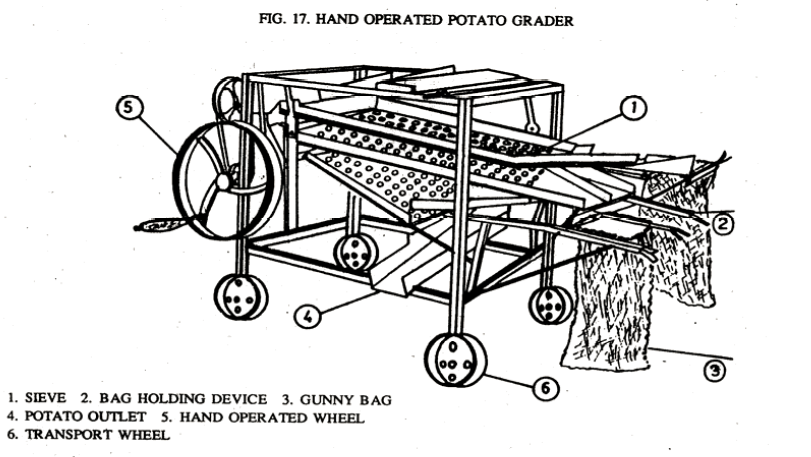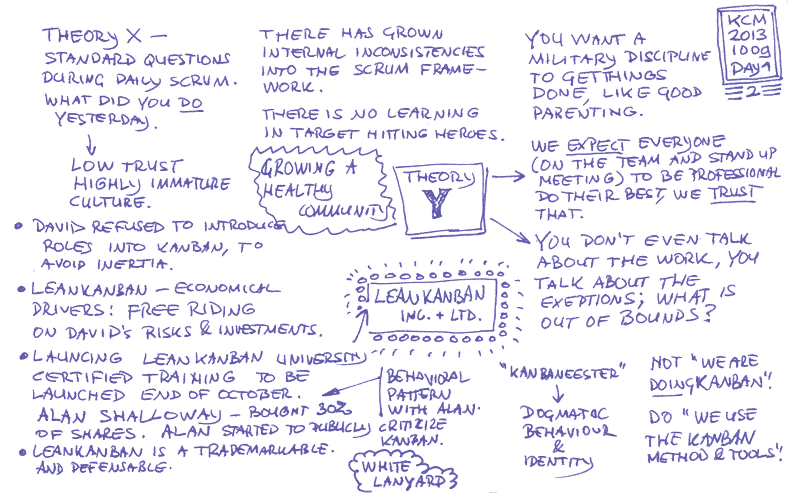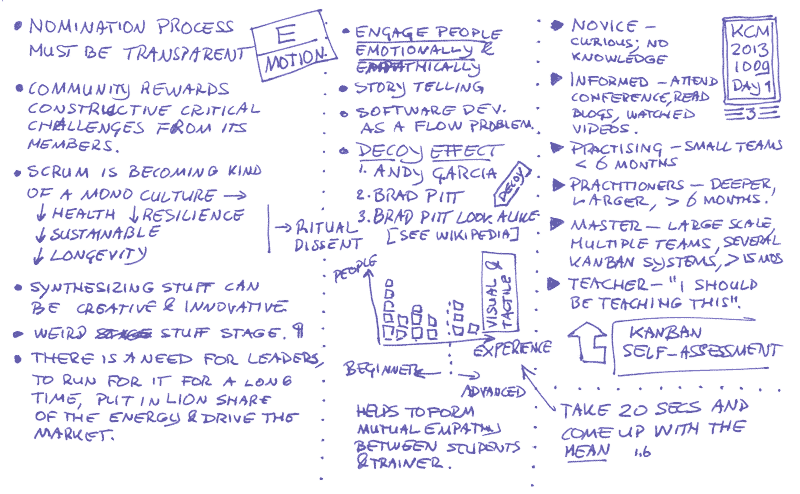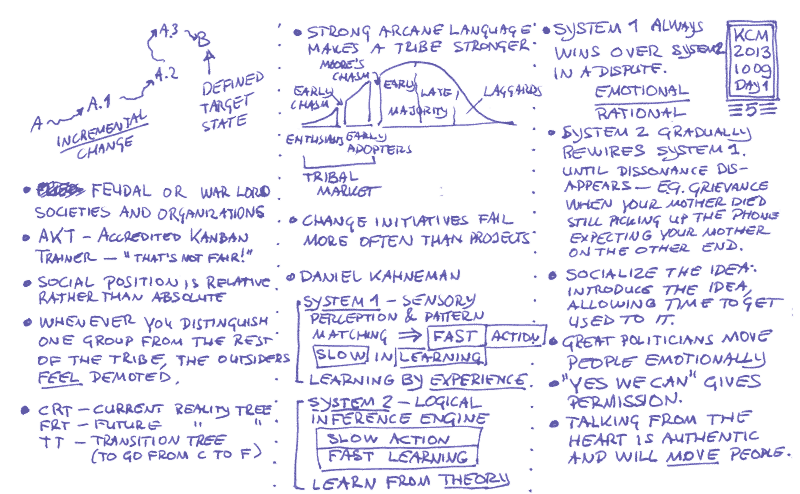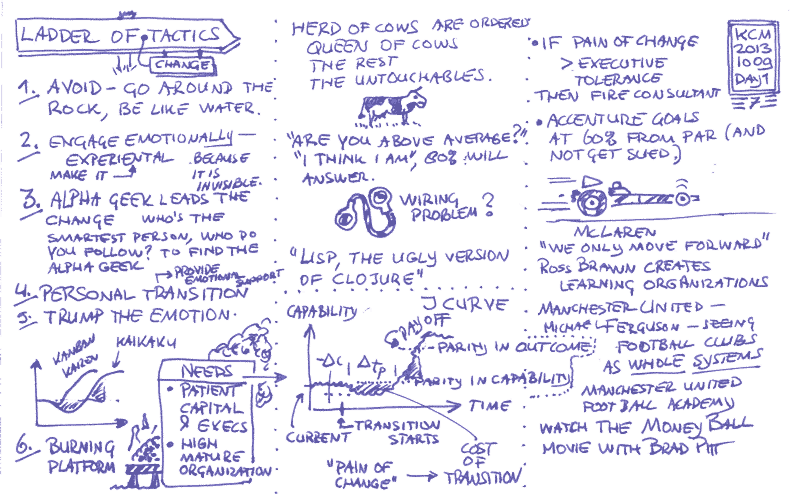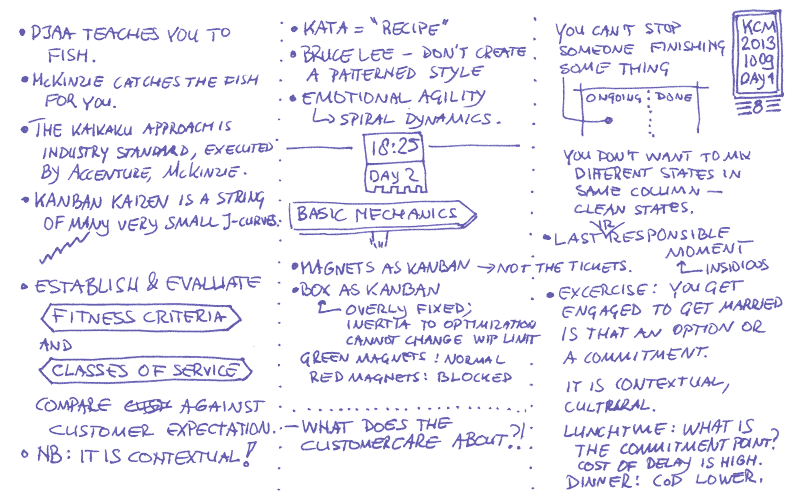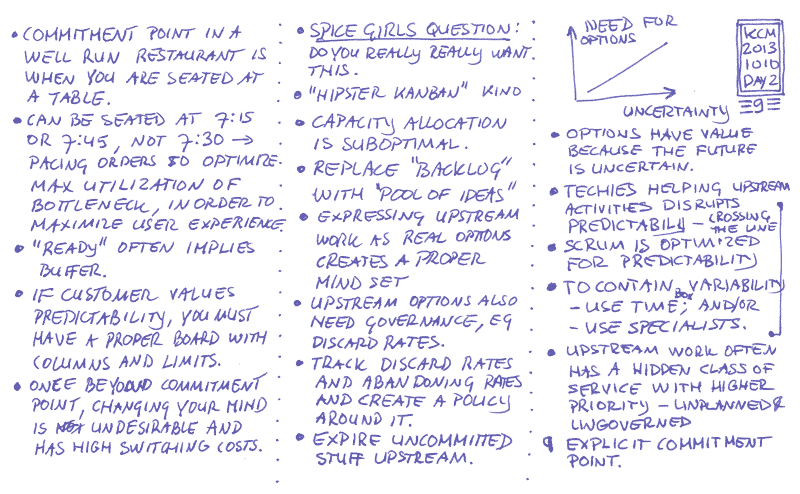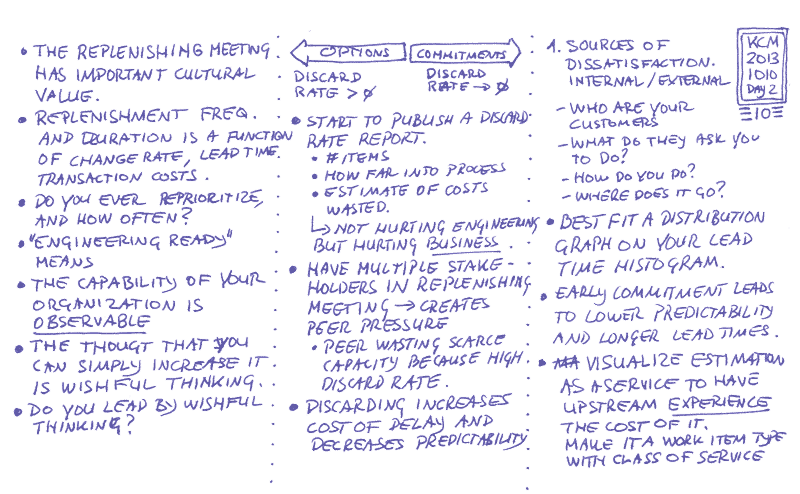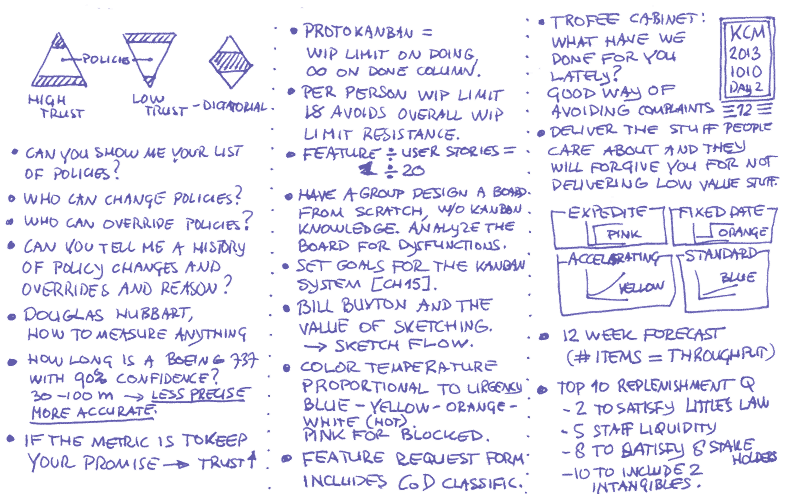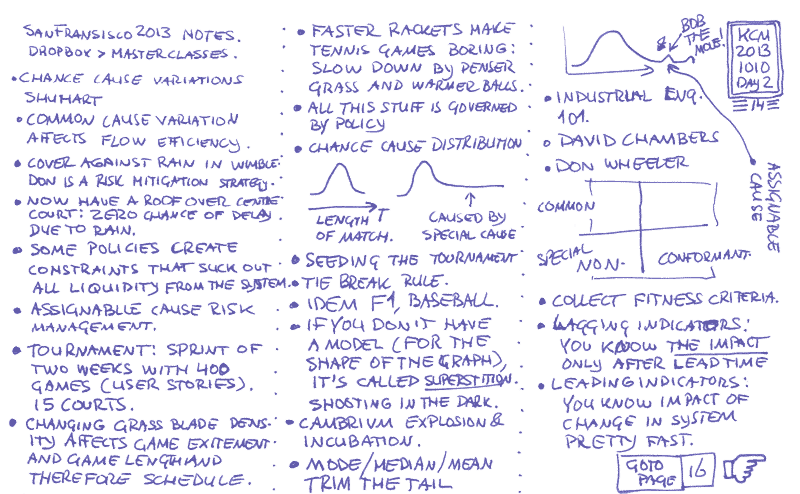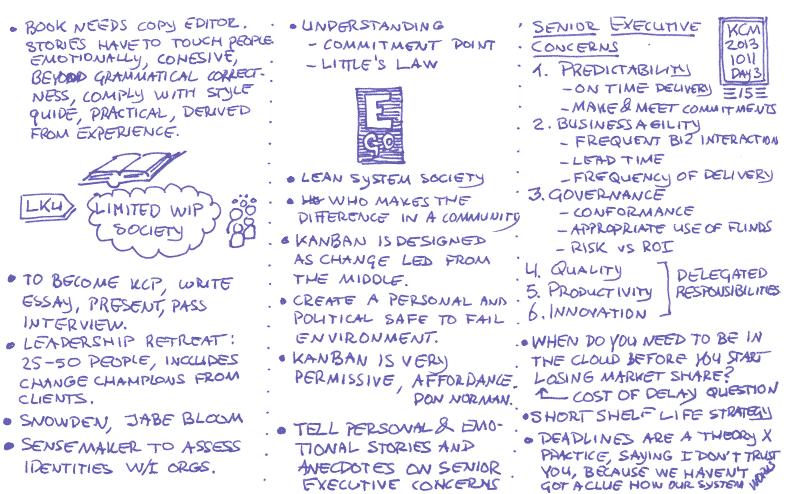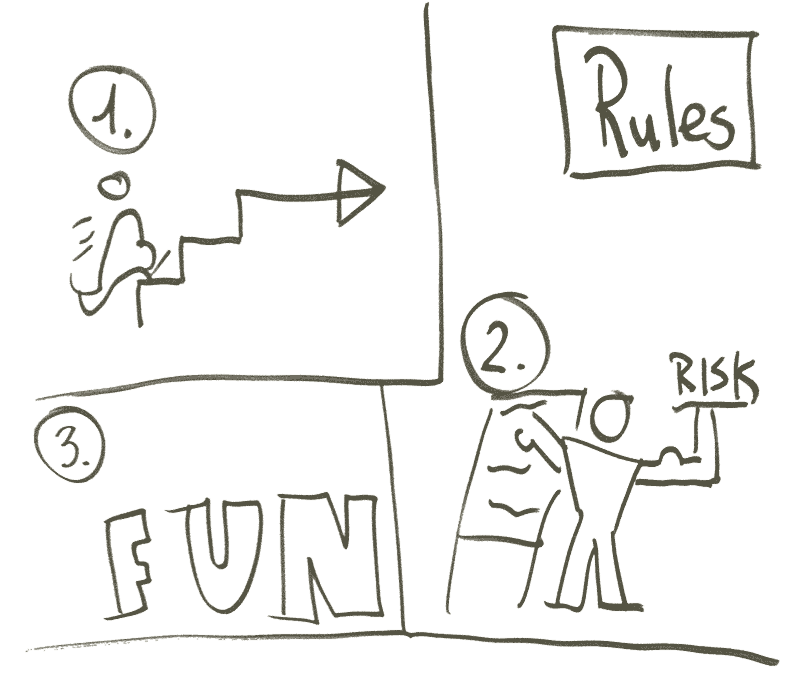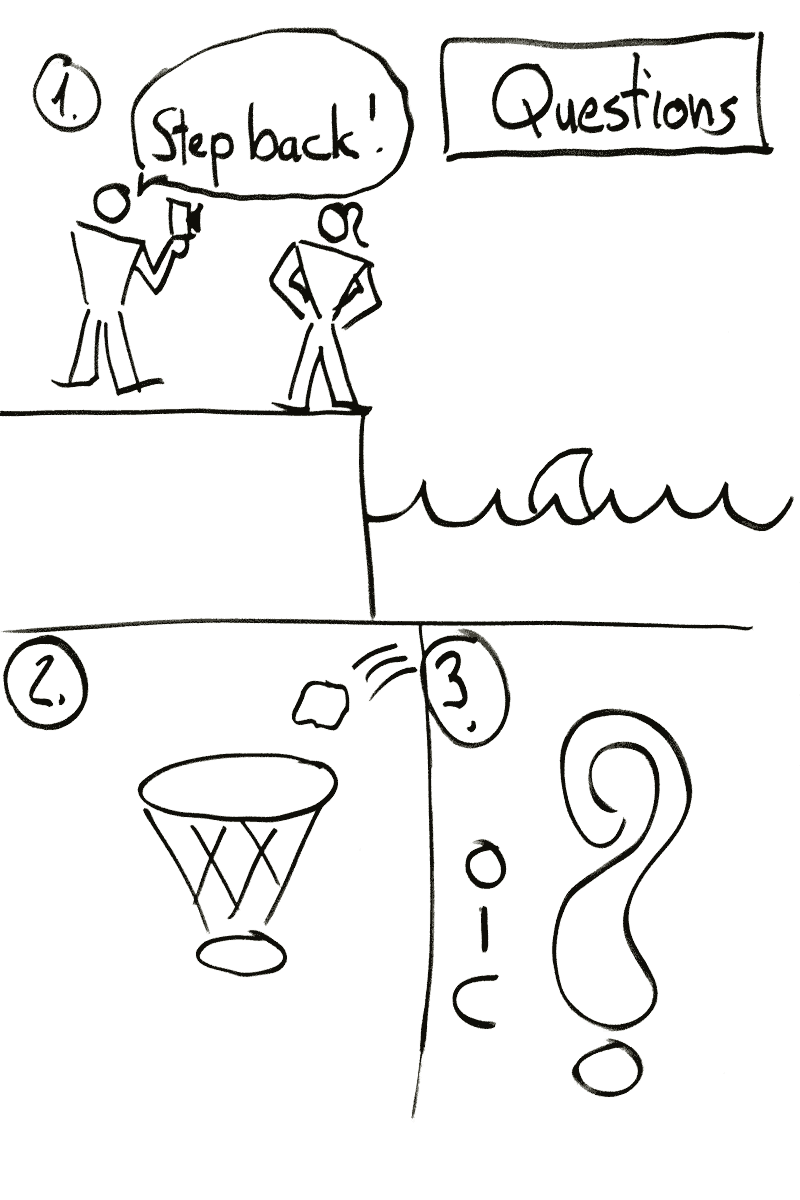A sprint of one week is like a small bamboo water tumbler. Sprints of three weeks are larger, heavier and tumble a three times slower than the one week tumbler.
Your organization is like a web of bamboo water tumblers. Make sure they tumble with a synchronous or syncopic rhythm.
Rhythm creates momentum, momentum synchronizes all pulses in your organization.
Syncopation includes a variety of rhythms which are in some way unexpected which make an off-beat tune or piece of music. More simply, syncopation is a general term for a disturbance or interruption of the regular flow of rhythm: a placement of rhythmic stresses or accents where they wouldn’t normally occur.
All dance music makes use of syncopation and it’s often a vital element that helps tie the whole track together.
http://en.wikipedia.org/wiki/Syncopation


